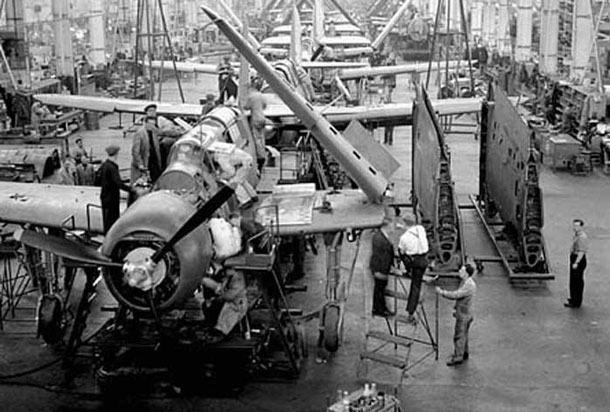A Tribute for Remembrance Day 2023
As Remembrance Day 2023 approaches, we honour the contributions and sacrifices made during World War II, focusing on the vital role of the Hawker Hurricane and its connection to Thunder Bay and to Canada.
Central to this narrative is Elsie MacGill, whose groundbreaking work in aeronautical engineering in Fort William (now Thunder Bay) was crucial in the production of this legendary aircraft.
Elsie MacGill: The ‘Queen of the Hurricanes’
Overcoming Barriers in Engineering
Elsie MacGill’s journey is a beacon of resilience and innovation. The first woman to graduate in electrical engineering from the University of Toronto and to earn a master’s degree in aeronautics from the University of Michigan, she overcame polio in her early 20s.
Her determination led her to become one of Canada’s top aeronautical engineers, defying gender norms in a male-dominated field.
Transforming Canadian Car and Foundry
At the Canadian Car and Foundry Company (CanCar) in Fort William, MacGill’s task was monumental – converting a factory known for railway boxcars into a producer of Hawker Hurricane airplanes. She managed the production of 60,000 different parts, ensuring precision and interchangeability for easy repairs.
The Hawker Hurricane: From Fort William to the Frontlines
Rapid Production and Innovation
Under MacGill’s leadership, CanCar produced its first Hawker Hurricane within a year, eventually manufacturing 2,000 planes – 10% of all the Hurricanes built. MacGill also innovated cold weather modifications for the aircraft, demonstrating her technical prowess.
The Hurricane in Combat
The Hawker Hurricane, renowned for its role in the Battle of Britain, was crucial to the Allied war effort. The Hawker Hurricane actually accounted for more Allied pilots shooting down Nazi Luftwaffe aircraft than the perhaps more famous Spitfire.
The Hurricane accounted for a significant portion of the RAF’s air victories, showcasing its effectiveness across various theatres of war.
Women’s Pivotal Role in Manufacturing
Shifting Societal Roles
MacGill’s leadership at CanCar also symbolized a shift in societal roles during the war. Women, stepping into roles traditionally held by men, worked as engineers, mechanics, and assembly line workers. This change marked a significant step toward gender equality in the workforce.
The Legacy of the Hurricane and MacGill
Beyond World War II
After the war, MacGill continued her advocacy for women’s rights and was appointed to the Royal Commission on the Status of Women in 1967. Her work in aeronautical engineering and women’s rights leaves an enduring legacy.
Conclusion: Honouring Resilience and Innovation
As we commemorate Remembrance Day, the story of the Hawker Hurricane and Elsie MacGill serves as a powerful reminder of the resilience and innovation that characterized Canada’s contribution to World War II. Their legacy goes beyond the battlefield, highlighting the transformative impact of determination and skill in overcoming global challenges. We remember not just the aircraft and its contributions but the trailblazing spirit of those like MacGill, who helped secure victory and shape a better world.






